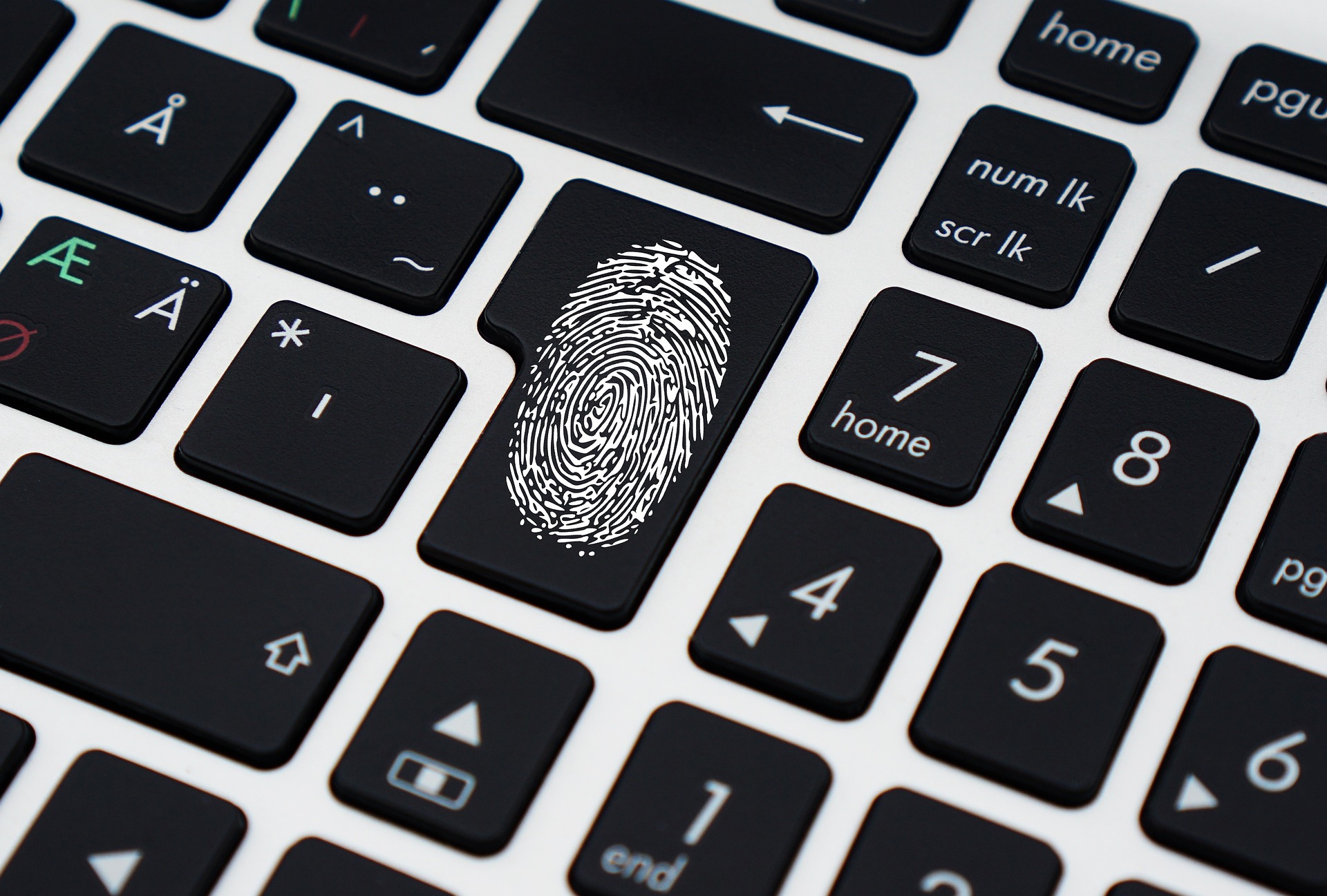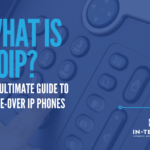
Cybersecurity breaches happen frequently in our tech-focused world. As a result, security is becoming more critical than ever. Individuals and organizations must protect their sensitive information from increasing cyber attacks, identity theft, and data breaches. One effective way to increase security is using Multi-Factor Authentication (MFA).
But what is Multi-Factor Authentication (MFA)? In its simplest definition, MFA is a method of authentication that requires users to use several verification methods to gain access to an account or system. These factors can include things that a user knows (a pin code), has (an RFID card), or is (like a fingerprint).
We will explore MFA in-depth, discussing what it is, how it works, and why it’s essential for your cybersecurity plan. We will also compare MFA to Two-Factor Authentication (2FA) and discuss the pros and cons of using MFA for personal and organizational security.
Table of Contents
What is Multi-Factor Authentication (MFA)?
Multi-Factor Authentication is a security process that requires users to provide multiple forms of verification before gaining access to an account or system. Unlike traditional username and password authentication, which relies on just one form of identification, MFA provides an extra layer of security by requiring the user to provide multiple forms of identification. MFA is highly recommended by managed service providers as a part of an overall cybersecurity plan.
There are there types of authentication in MFA:
- Something you know: A password, PIN, or security question.
- Something you have: A security token, smart card, or mobile device.
- Something you are: Biometric data, such as a fingerprint, facial recognition, or iris scan.
By requiring users to identify in multiple ways, MFA makes it much more difficult for unauthorized individuals to gain access to sensitive information or systems. With MFA enabled, when a hacker gains access to a password, they still need to have the user’s security token or biometric data to log in successfully.
However, the level of security provided by MFA can vary depending on the factors used. For example, a password and a security token offer more protection than a password and a security question. This is why it’s essential to carefully consider the factors used when implementing MFA.
How Multi-Factor Authentication Works
The Multi-Factor Authentication process typically consists of the following steps:
- The user enters their username and password to log in.
- The system prompts the user to provide additional verification through one or more of the other MFA factors.
- The user provides additional verification, such as a security token code, biometric data, or answer to a security question.
- The system verifies the information provided by the user and grants access if all factors are correct.
The MFA process helps ensure that only authorized individuals can access sensitive information or systems. Using multiple authentication factors provides a higher level of security than a username and password alone. If a hacker gains access to a password, they still need to have the user’s security token or biometric data to log in successfully.
This makes it difficult for unauthorized individuals to gain access, protecting sensitive information and systems from potential security threats. In addition, the use of multiple authentication factors helps to prevent fraud and identity theft.
Multi-Factor Authentication works by requiring users to provide multiple forms of identification to gain access to sensitive information or systems, providing an added layer of security compared to the traditional username and password authentication.
Multi-Factor Authentication vs. Two-Factor Authentication
While Multi-Factor Authentication and Two-Factor Authentication (2FA) are similar in that they both require the use of multiple forms of identification, there are some critical differences between them.
What is 2 Factor Authentication (2FA)?
2FA is a type of MFA that requires users to provide two forms of identification to gain access. This can include a password and a security token code, a password and a security question, or a password and biometric data.
MFA, on the other hand, can include the use of two or more forms of identification. This provides a higher level of security than 2FA, as it requires multiple forms of identification to gain access.
For example, if a hacker gains access to a user’s password and security token code in 2FA, they would still be able to access sensitive information or systems. However, if the same scenario were to occur in MFA, the hacker would still need access to the user’s biometric data to gain access, providing an added layer of security.
While 2FA provides a higher level of security compared to the traditional username and password authentication, MFA delivers an even higher level of protection by requiring the use of multiple forms of identification.
Pros and Cons of Multi-Factor Authentication
Like any security measure, Multi-Factor Authentication has its benefits and drawbacks. Here are some of the pros and cons of using MFA:
Pros:
- Increased security: MFA provides an added layer of protection compared to the traditional username and password authentication, making it much more difficult for unauthorized individuals to access sensitive information or systems.
- Reduced risk of fraud and identity theft: By requiring multiple forms of identification, MFA helps to prevent fraud and identity theft, protecting sensitive information and systems from potential security threats.
- Easy to implement: Many systems and services now offer MFA as an option, making it easy for users to add this extra layer of security to their accounts.
Cons:
- Can be time-consuming: MFA requires users to provide multiple forms of identification, which can be time-consuming and may create frustration for some users.
- Can be vulnerable to attacks: MFA is only as secure as the weakest link in the chain. For example, if a user’s biometric data is compromised, MFA will no longer provide added security.
- Can be expensive: Implementing MFA can be costly, particularly for organizations with many users or systems that need to be protected.
Does Your Business Need Multi-Factor Authentication?
Multi-Factor Authentication provides an added layer of security compared to traditional username and password authentication by requiring users to provide multiple forms of identification to gain access to sensitive information or systems. This makes it much more difficult for unauthorized individuals to gain access and helps to prevent fraud and identity theft.
MFA certainly has its benefits, but it’s essential to consider the time and cost involved in the implementation and the potential vulnerabilities in the process. Overall, MFA effectively increases security and protects sensitive information and systems from potential security threats.
Multi-Factor Authentication is a valuable security measure that should be considered by individuals and organizations looking to protect their sensitive information and systems. By using multiple forms of identification, MFA provides a higher level of security than traditional username and password authentication, making it a worthwhile investment in security.
If you’re considering MFA for your business, working with a managed IT company can make implementing the process easier.






